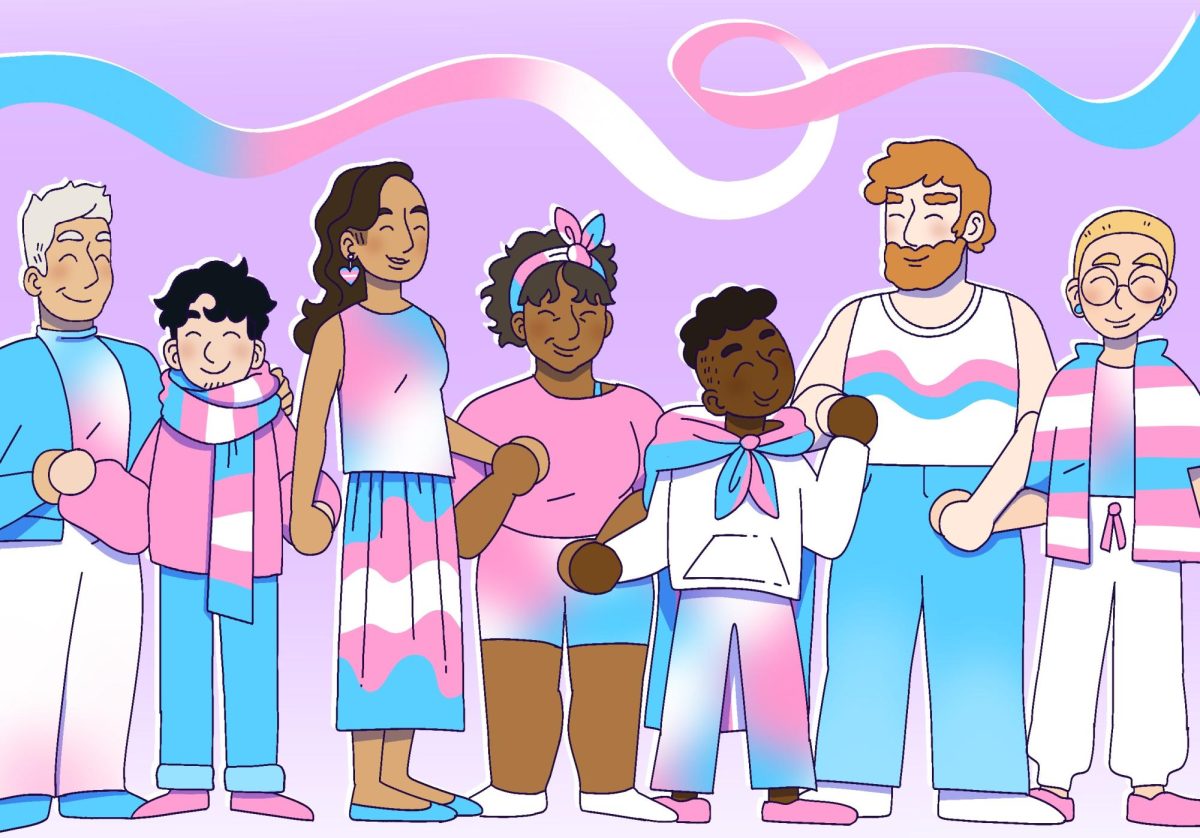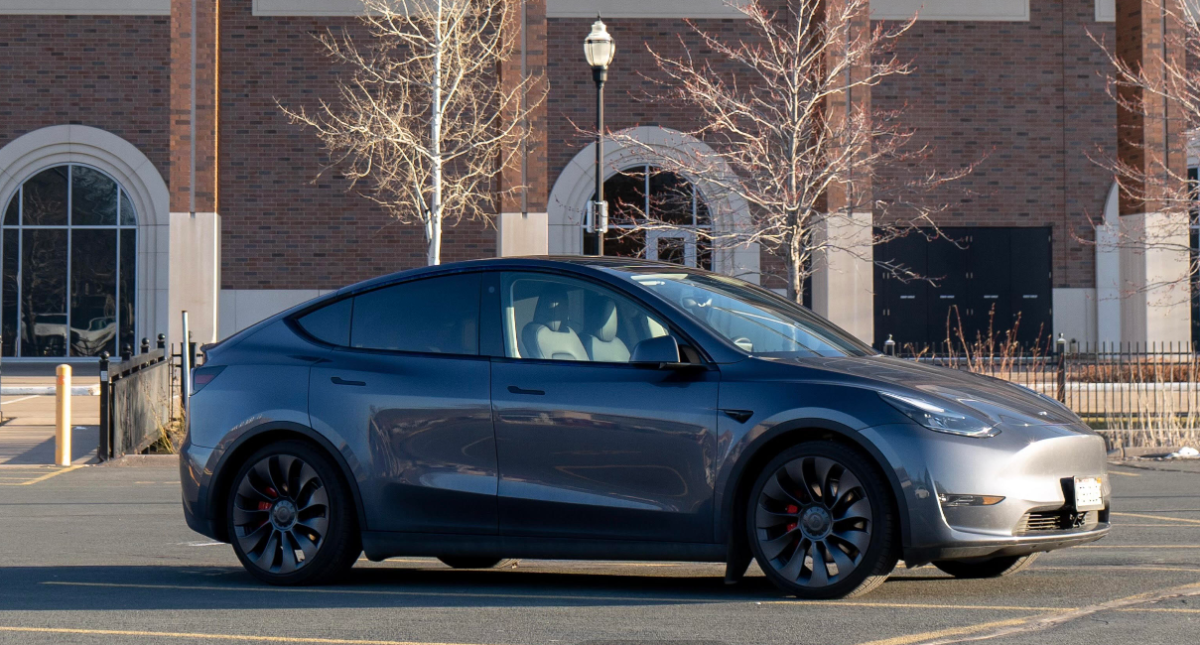In January of 2017, the Obama administration proposed to ban mining in 230,000 acres of the Superior National Forest in northern Minnesota. This would require that the U.S. Forest Service submit to the EPA an Environmental Impact Statement, a decision-making document to determine how certain high-profile federal actions could affect the surrounding human environment. An EIS generally takes about two years to complete.
But a few weeks ago, the Trump administration rescinded that decision and reduced the investigation to an Environmental Assessment, which examines to a fraction of the depth of an EIS, so that the land be more readily opened up to mining with less time spent on environmental effects.
Then, Chilean mining company Antofagasta PLC took the land lease, and their direct subsidiary Twin Metals is now preparing to begin an underground mine nine miles southeast of Ely, Minnesota in the Maturi mineral deposit. The primary statement of Twin Metals is “providing significant economic impact for northeastern Minnesota.”
Antofagasta PLC has a dreadful environmental record. The underground mine is expected to mar the South Kawishiwi River and the Boundary Waters Canoe Area. For this kind of environmental effect, a quick fix is never an option. But, predictably, this mining decision has become a ‘Sophie’s Choice’ between jobs and wild lands.
Northeastern Minnesota, the “Iron Range,” has enjoyed significant economic benefits from iron mining, though in recent years there’s been a significant general-market slowdown. Twin Metals anticipates being a welcome regional addition by creating 650 jobs directly and 1,300 indirectly. The company cites the Bureau of Labor and Statistics to say that Minnesota mining salaries at around $79,000 are 45 percent higher than the all-industry statewide average. Tax and royalty revenue to the state from mining quite benefits the state — mining currently contributes $3 billion to state K-12 education, for example.
More mining does bring fiscal benefits — but on the other hand, they’ll eventually run out, and we’ll be left with a diminished BWCA and river. This process has always caused a cascade of effects on wildlife, and inevitably, human life. Since 2014, for example, Appalachian coal miners exhibited the highest-ever reported frequency of black lung disease. But again, the choice has been between finite time for economic uptick for one region, or protecting human and wildlife health.
Alyssa Brault, a University of Minnesota undergraduate studying environmental science and public health, is an officer in the Gophers for the Boundary Waters and Outdoors Club. Her reminder to the student body is that the BWCA is not just the concern of students of environmental science, volunteers or the politically active; our at-risk public land is everyone’s business. Becky Rom of Campaign to Save the Boundary Waters claimed that “a pristine environment can provide an economic boost as big or bigger than mining.”
Our country is economically powerful and geographically gorgeous — but our reliance on foreign, rather than domestic, industry hurts tens of millions of Americans just like the Iron Range residents. A huge demographic needs a boost of economic self-sufficiency. But it doesn’t seem like the way to do that is to ruin our own lands for the sake of instant, temporary improvement.
Maybe we could take a leap backward and actually, truly bring manufacturing and other evaporated jobs back to American soil. If it makes things more expensive, I can live with less — it’s the price of pride I’m willing to pay to strengthen working Americans and beautiful lands. To boil it down, I would much rather see an emphasis on “made in the USA” than “mined in the USA.” Especially when the mining lease goes to a foreign company.













